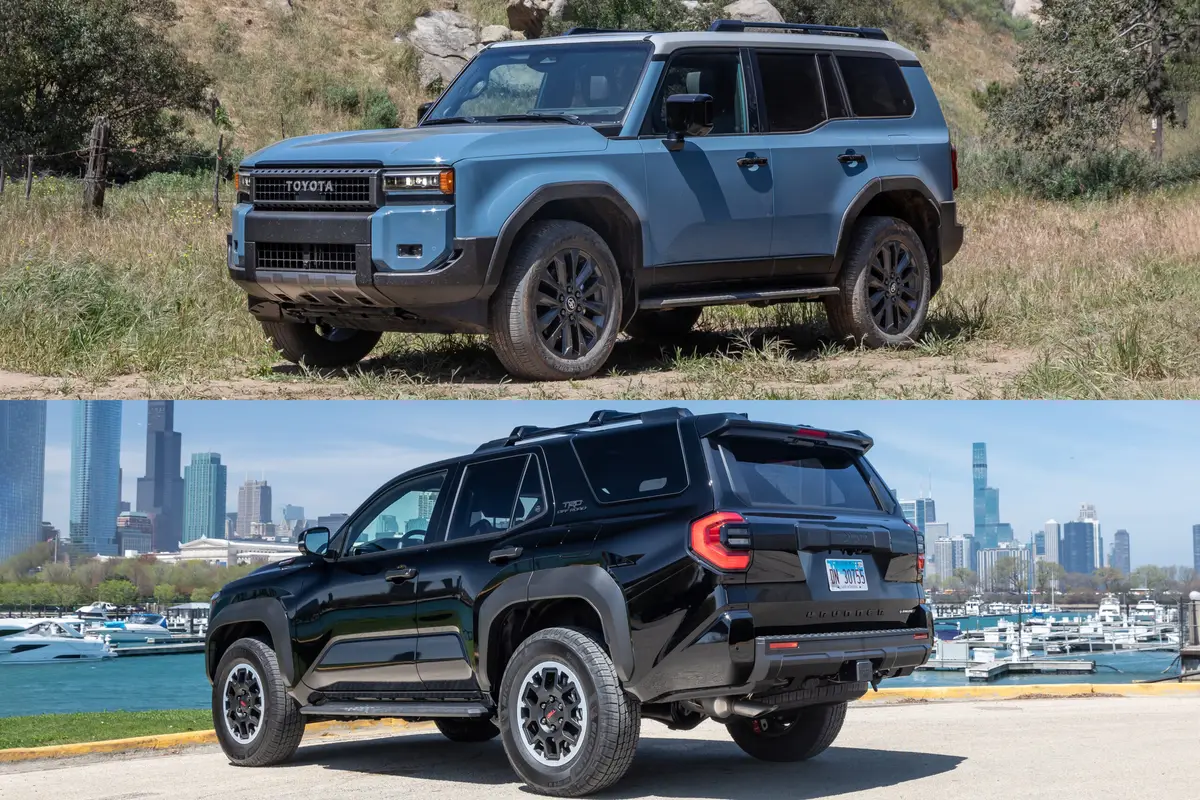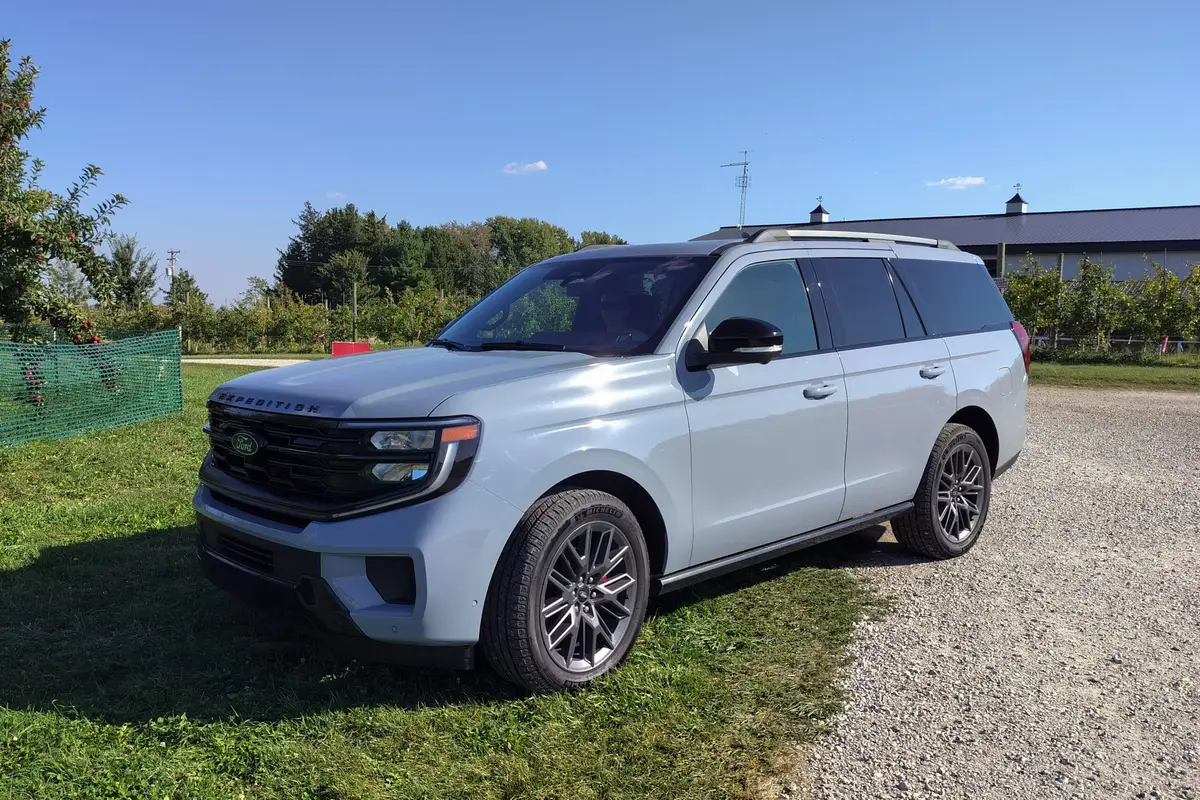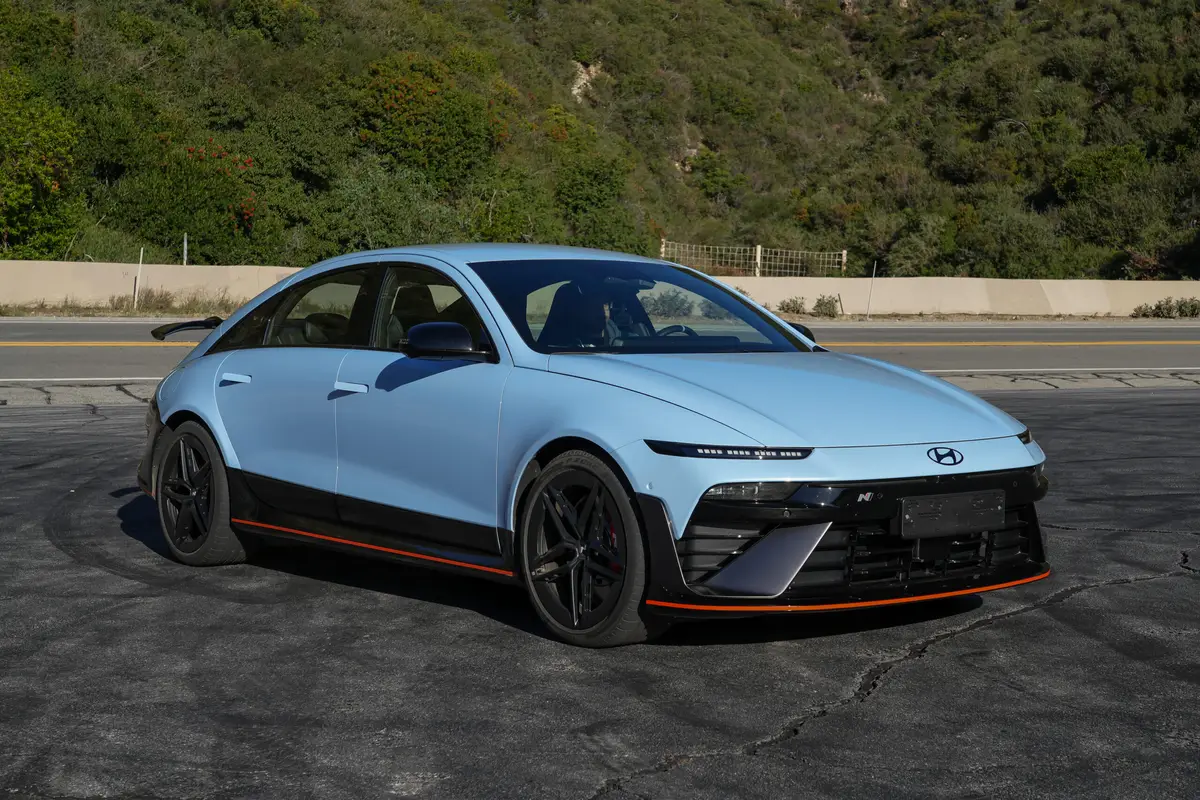Getting Comfortable: Helpful Features for Short and Tall Drivers
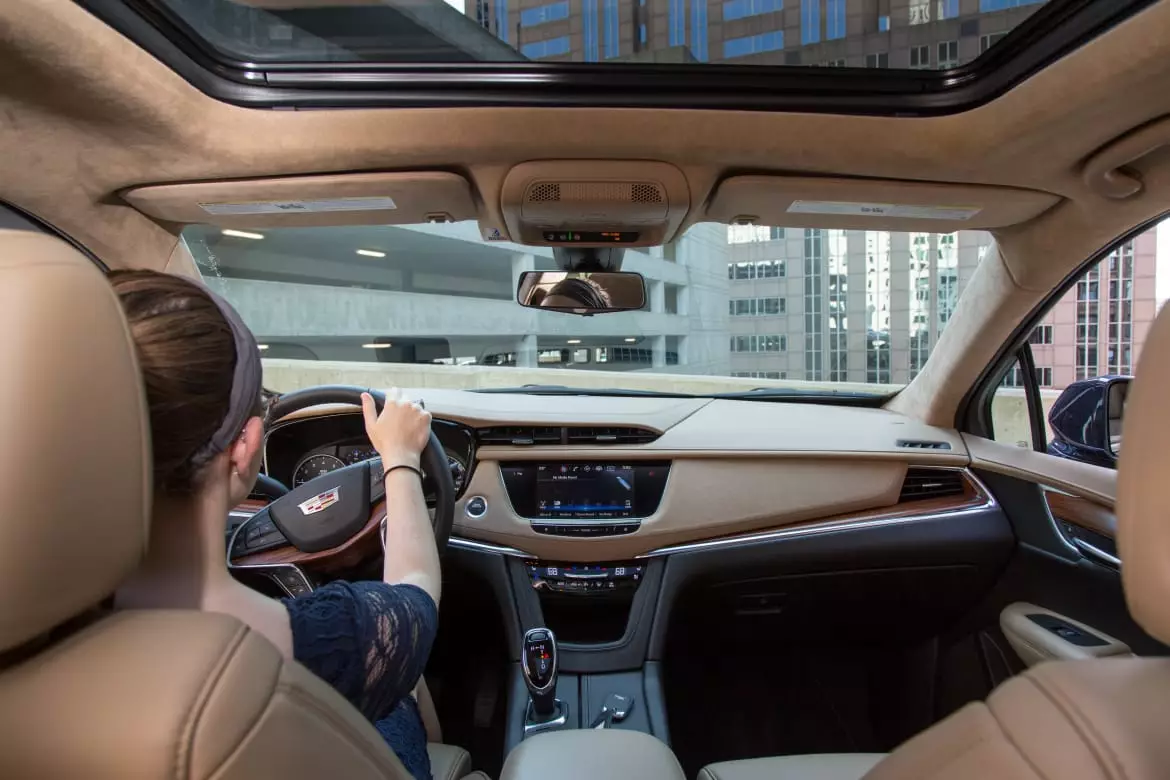
CARS.COM — Today’s cars come with so many features that it can be challenging to remember everything you should pay attention to on a test drive. Finding a car that physically fits you behind the wheel is important but that means different things for different people. Average sizes for men and women are 5 feet 9 inches and 5 feet 4 inches, respectively, but for drivers who are taller or shorter than average, there are a handful of especially important features to look for when deciding on a car.
Related: Short, Tall Passengers at Risk From Airbags
We interviewed our staff car reviewers to find out what they look for in a vehicle to ensure comfortable driving experience. We also gathered thoughts from everyday drivers. Here are the things that can really make a difference when it comes to a good car fit for tall people and short people alike.
Legroom
Elbow room is great, but legroom is at least as important. The amount of legroom a vehicle offers affects more than just occupant comfort. Your seating position can affect your reaction time when hitting the brakes as well as the seriousness of an injury in the event of a car crash. For shorter-than-average drivers who may have trouble getting in position to reach the vehicle’s steering wheel and pedals, easily adjustable seats are important, as is whether they offer a memory seat feature and are manual or power adjustable seats. This last point is especially pertinent for households with two or more drivers of differing heights who share a vehicle.
Tilt and Telescoping Steering Wheel
Having the appropriate amount of space between you and the steering wheel is important for both comfort and safety. According to AAA, there should be at least 10 inches between the driver’s chest and the steering wheel for the airbag to deploy. A telescoping steering wheel can help shorter drivers maintain that clearance even when the seat is moved forward to reach the gas pedal and brake pedal, and it can also help taller drivers achieve a comfortable driving position. Tilt steering wheels, meanwhile, let you adjust the angle of the wheel so you can properly grip it at the 9 and 3 o’clock positions with your palms just below your shoulders.

Cars.com Assistant Managing Editor Jennifer Geiger recently tested a 2016 Mitsubishi Lancer sedan that lacked a telescoping steering wheel and had a difficult time finding a comfortable driving position without this handy adjuster mechanism.
Height-Adjustable Driver’s Seat
While it’s important to pay attention to how far the seat moves forward and back, it’s equally important to be able to adjust it up and down. Senior Research Editor Mike Hanley said he likes a higher seat position when driving for better visibility, particularly in newer cars that have tall beltlines. If the windshield is steeply raked, however, it could be difficult for taller drivers to see; as Geiger explained in her review of the 2016 Mini Clubman, its “low roofline forced me to crouch to see some traffic signals.”
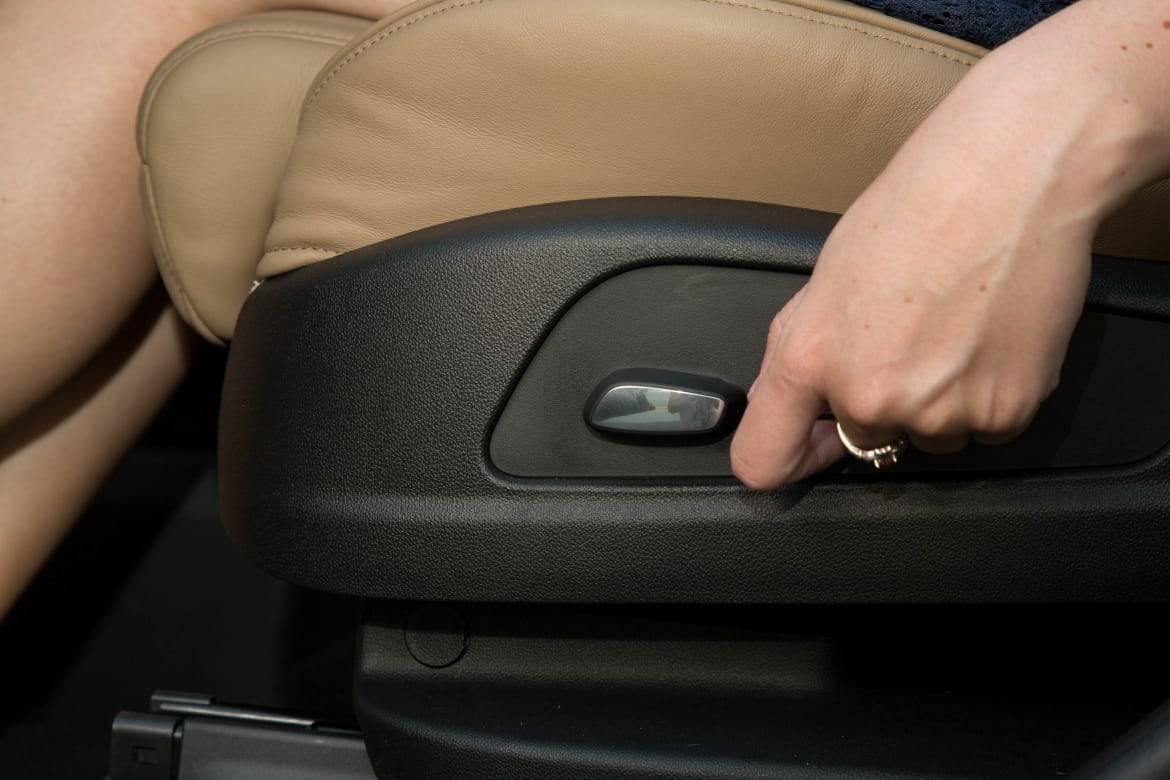
There are other safety considerations, too, as the height of the seat can affect where the seat belt rests on the driver and front passenger. There are more considerations when it comes to seat belts than simply whether you have the buckle fastened. According to advanced safety systems company IMMI, the shoulder belt should be flat across the chest between the neck and shoulder, and the lap portion of the seat belt should be snug across your hips.
Headroom
Senior Consumer Affairs Editor Kelsey Mays also likes a higher seat position and to make sure he has enough headroom once the seat is where he wants. For people with longer torsos, this is particularly important, especially since a moonroof can reduce headroom by an inch or more.
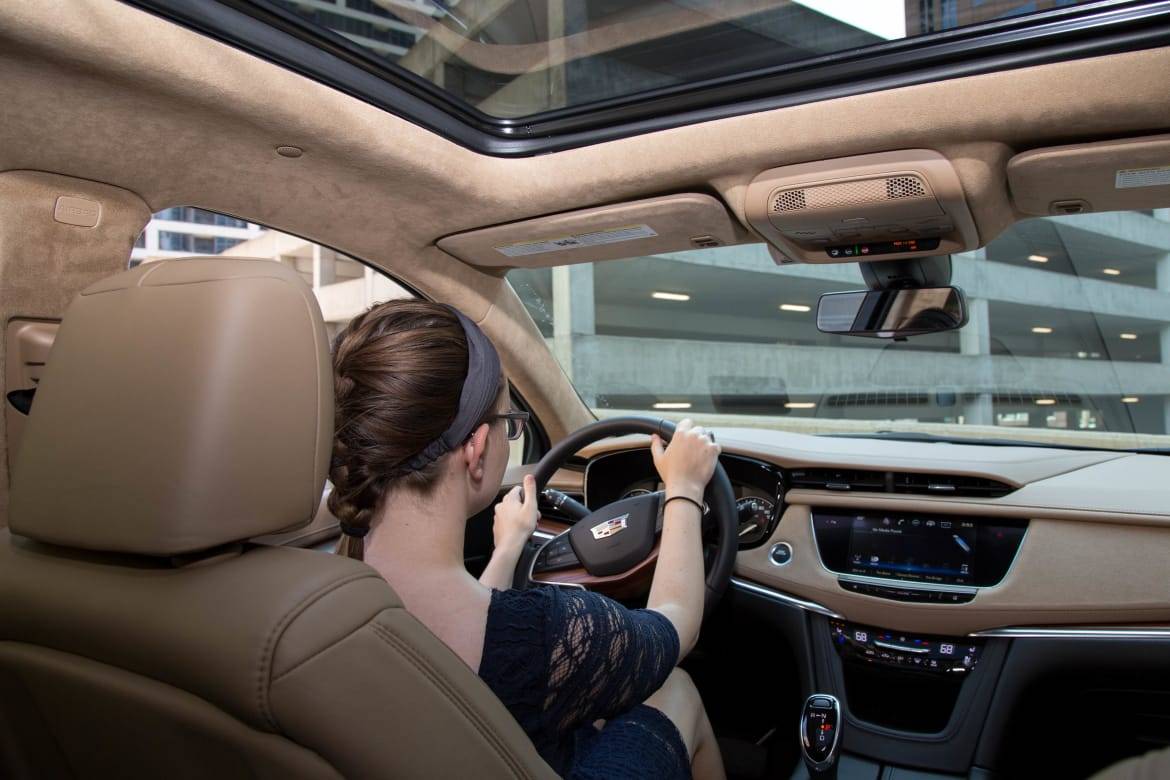
Other things to consider include the angle and location of the head restraints and whether the car has adjustable pedals, which can help both short and tall drivers find a safe and comfortable driving position. Two people I interviewed, one 6-foot-2 and the other 5-foot-1, said it’s difficult to find a car with head restraints that don’t push uncomfortably against the back of your head but are still properly positioned.
Step-in Height
Some larger vehicles, such as pickup trucks and SUVs, have a tall step-in height that requires extra effort for short drivers. Geiger recommends looking for vehicles with running boards that act as a step, easing the climb-in and climb-out process for drivers and passengers who also happen to be short people.
This may seem like a lot of things to pay attention to on a quick test drive, but Executive Editor Joe Wiesenfelder offered some comforting words. “I’m just over 6 feet tall and I’ve found, over thousands of cars, that I could live with more than 95 percent of them. That’s how good automakers have gotten at this.”
For more on getting comfortable in your car, check out the video below.
Cars.com’s Editorial department is your source for automotive news and reviews. In line with Cars.com’s long-standing ethics policy, editors and reviewers don’t accept gifts or free trips from automakers. The Editorial department is independent of Cars.com’s advertising, sales and sponsored content departments.
Featured stories
